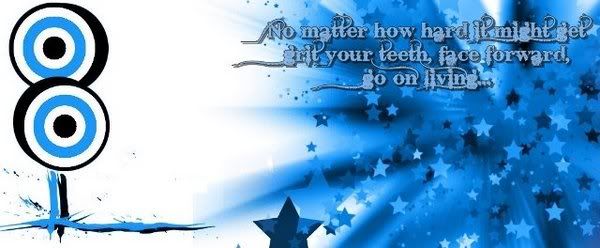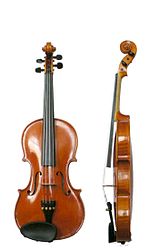The violin is a string instrument with four strings usually tuned in perfect fifths. It is the smallest and highest-pitched member of the violin family of string instruments, which also includes the viola and cello. (The double bass's inclusion in the violin family is disputed.)
The violin is sometimes informally called a fiddle, regardless of the type of music played on it. The word violin comes from the Middle Latin word vitula, meaning stringed instrument; this word is also believed to be the source of the Germanic "fiddle". The violin, while it has ancient origins, acquired most of its modern characteristics in 16th-century Italy, with some further modifications occurring in the 18th century. Violinists and collectors particularly prize the instruments made by the Gasparo da Salò, Giovanni Paolo Maggini, Stradivari, Guarneri and Amati families from the 16th to the 18th century in Brescia and Cremona and by Jacob Stainer in Austria.
A person who makes or repairs violins is called a luthier, or simply a violin maker. The parts of a violin are usually made from different types of wood (although electric violins may not be made of wood at all, since their sound may not be dependent on specific acoustic characteristics of the instrument's construction), and it is generally strung with gut, nylon/steel composite, or steel strings.
Someone who plays the violin is called a violinist or a fiddler. The violinist produces sound by drawing a bow across one or more strings (which may be stopped by the fingers of the other hand to produce a full range of pitches), by plucking the strings (with either hand), or by a variety of other techniques. The violin is played by musicians in a wide variety of musical genres, including Baroque music, classical, jazz, folk music, pop-punk and rock and roll. The violin has come to be played in many non-western music cultures all over the world.


No comments:
Post a Comment